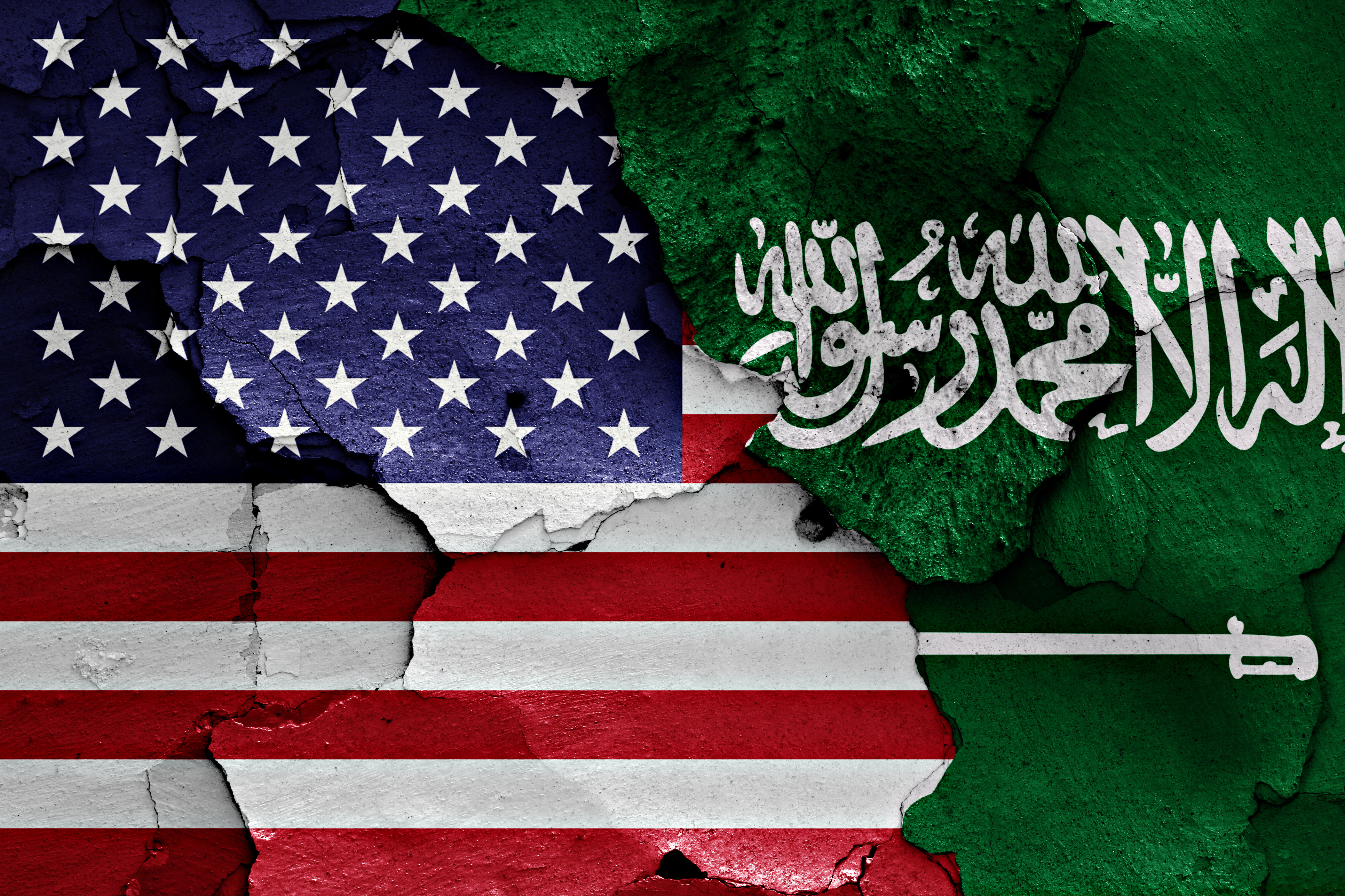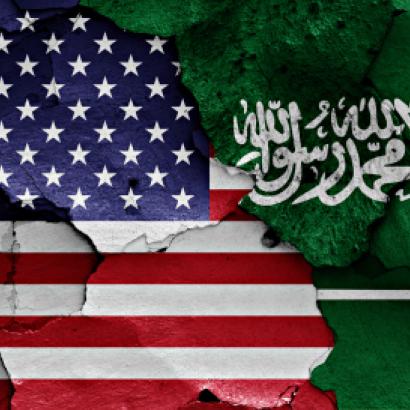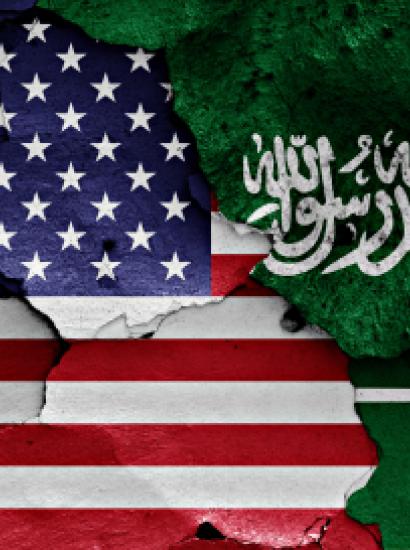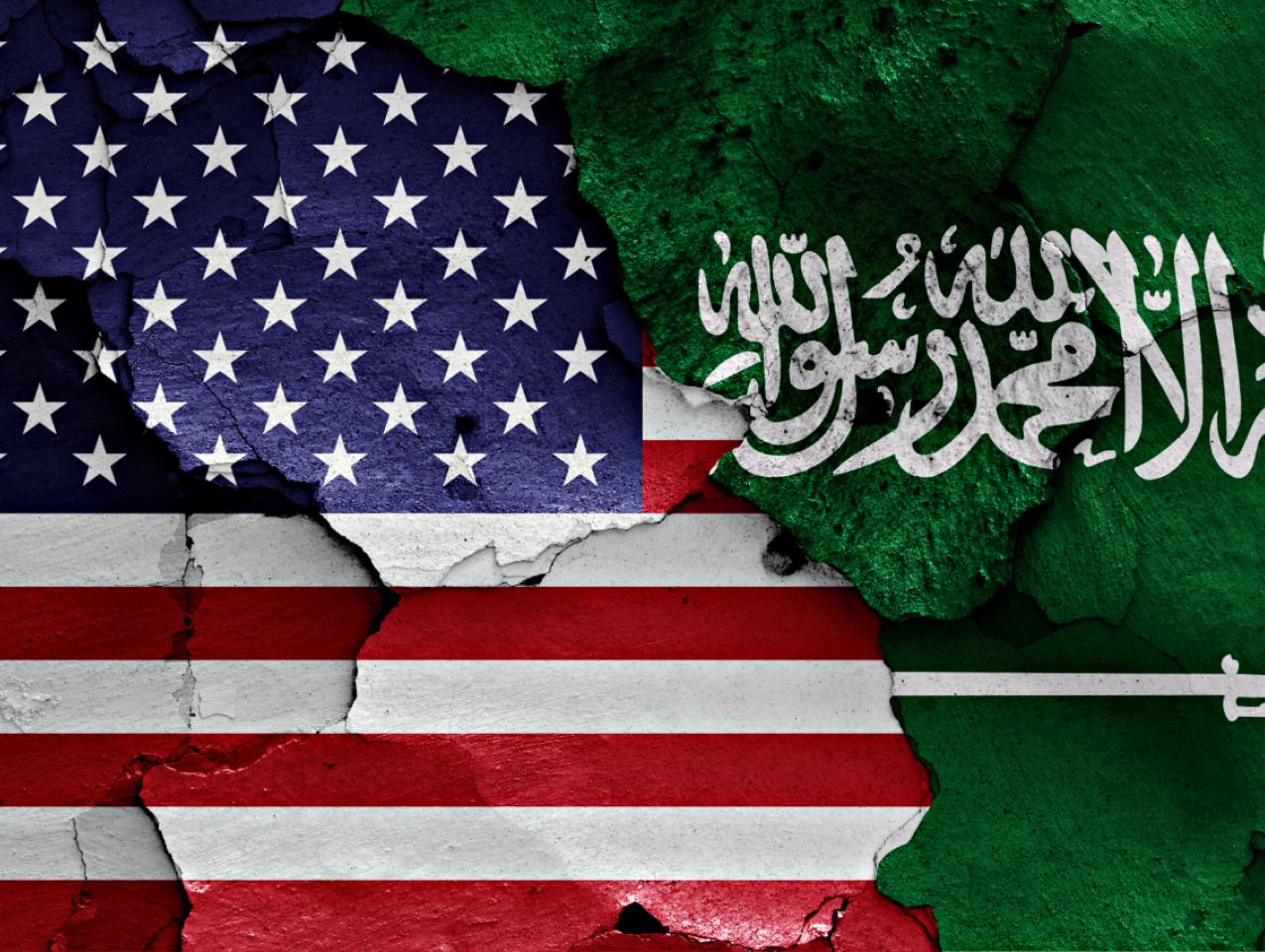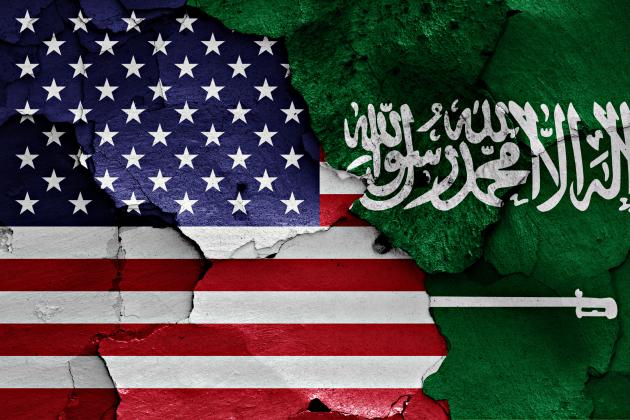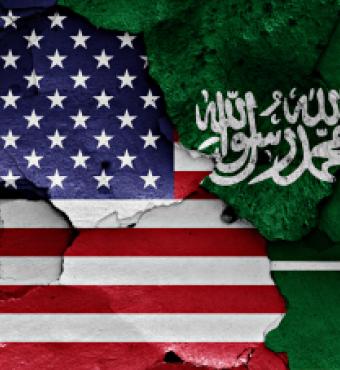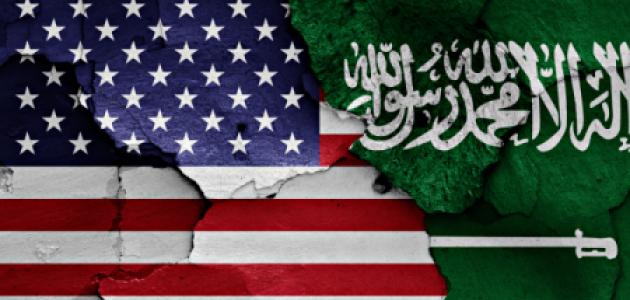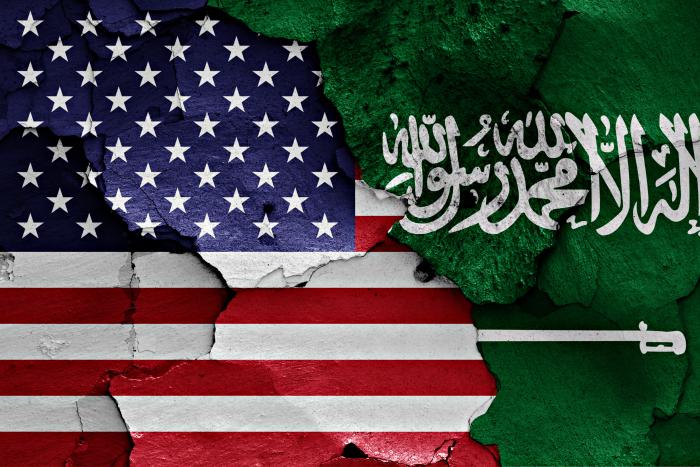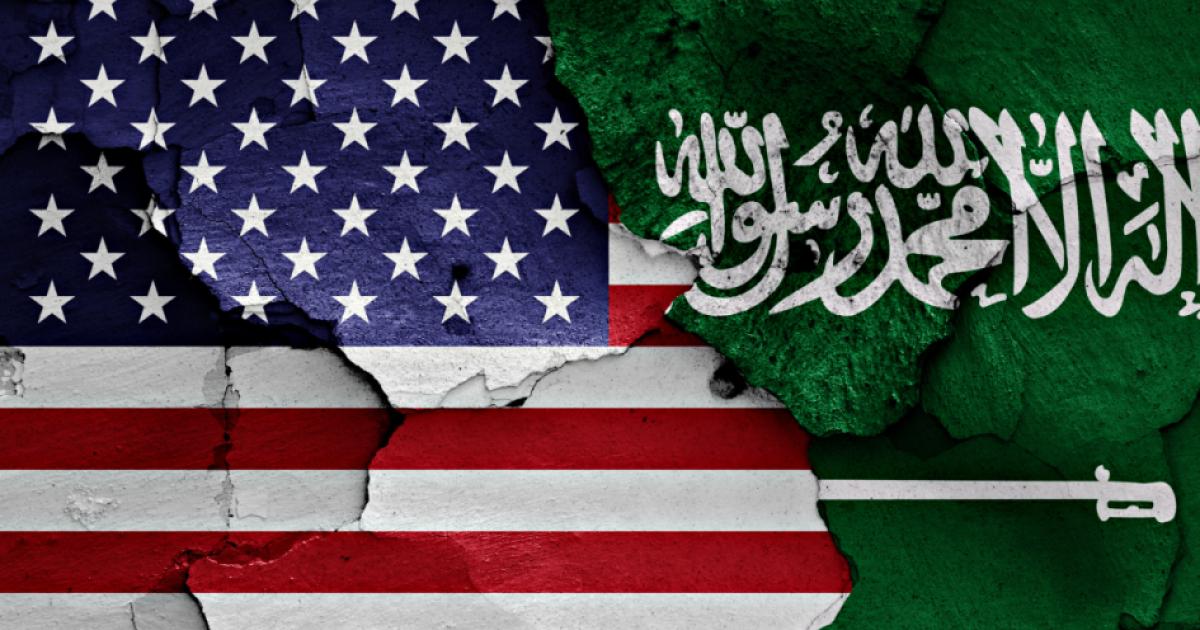Effective US policy toward Saudi Arabia requires familiarity with the intricacies of its history and society, of course. The legacies of the foundation of the state, the traditional collaboration of political and religious leadership and the burdensome privileges of the extended royal family still weigh on the Saudi present, even as new circumstances develop, especially the ambitions of the young generation, eager for the reforms promised by the bold leadership of the Crown Prince. Furthermore, these tensions between old and new cultures inside Saudi Arabia are playing out against the backdrop of a longer term, secular shift away from the oil economy of the past. This too challenges the status quo in the kingdom in a profound way. As conservative as Saudi Arabia’s institutional structures may be, change is inevitable. Hopefully, that change will be managed wisely by Mohammed bin Salman and his designates.
While these internal Saudi developments are significant, it is externally, at the regional, rather than the domestic level, that the country is most relevant for the US and the pursuit of an American strategic agenda. That agenda prominently involves curtailing the Iranian threat. In Tehran, the US faces a regime whose declared goal remains “death to America.” Until that changes, Saudi Arabia’s primary importance for American strategy is as the bulwark against the Iranian threat.
In terms of US interest in the regional Saudi-Iranian conflict, the strategic difference between the programs of the Obama administration and the Trump administration could not be greater. President Obama pursued an agenda, leading to the Joint Comprehensive Plan of Action, JCPOA, commonly known as “the Iran Deal,” which broke with decades of American emphasis on the priority of the Saudis in order to tilt the region toward Iranian influence. President Trump has reversed course on this matter, and it is worth investigating the motives behind this history.
As described in Jeffrey Goldberg’s extensive account of “the Obama Doctrine,” that appeared in the Atlantic in April 2016, the Democratic administration and its leadership displayed biases and predispositions that led to the dramatic policy shift inherent in the Iran Deal. While it may be too much to say that the Obama team was culturally pro-Persian in its orientation, its systematic animosity toward the Sunni Arab world, especially Saudi Arabia, was stark and unmistakable.
As early as a 2002 speech, at a demonstration in Chicago against the Iraq War, Obama—then a member of the Illinois Senate—declared, “You want a fight, President Bush? Let’s fight to make sure our so-called allies in the Middle East—the Saudis and the Egyptians—stop oppressing their own people, and suppressing dissent, and tolerating corruption and inequality.” The phrasing is noteworthy, particularly in light of his later policies. State Senator Obama chose to diminish the relationship to long-standing allies, Saudi Arabia and Egypt, with the qualifier “so-called” in an unnecessary way. For he could surely have articulated the same criticism about “corruption and inequality” without casting doubt on the allied relationship. Instead, he called into question the relationship with the leading Arab states altogether. In contrast, later he would prove reluctant to raise any similar criticisms concerning flawed governance in Iran, as evidenced by, for example, his very muffled objections to the violent suppression of the Green Movement in 2009. This asymmetrical evaluation of Saudi Arabia and Iran betrayed a fundamental anti-Arab bias, as well as his more general predisposition to treat allies worse than enemies.
Obama’s discomfort with the Arab states and the region would continue into his presidential years and color the administration. According to Goldberg, the Obama White House resented what it viewed as excessive Arab influence in Washington think tanks, and Obama himself “questioned, often harshly, the role that America’s Sunni Arab allies play in fomenting anti-American terrorism. He [was] clearly irritated that foreign-policy orthodoxy [compelled] him to treat Saudi Arabia as an ally.” Eventually he would try to undermine that traditional alliance through the pursuit of the JCPOA in order to advantage Iran. Arguably, the prospect of demoting the status of relations with Saudi Arabia and the Arab Middle East more broadly was an unspoken driver behind the Iran Deal.
Obama’s anti-Saudi animus was at least partially rooted in his biography. His own experience of Islam involved four years of his youth in Indonesia, the most populous Muslim country in the world. Yet while Indonesia can boast a Muslim population some seven times larger than that of Saudi Arabia, it is Saudi Arabia that, for historical reasons and the location of Mecca, retains a cultural hegemony in the world of Islam. It is noteworthy that in his Cairo speech of June 2009, Obama reached out specifically to the Muslim world, but barely mentioned the word “Arab” at all, and then only in the context of a problem, the conflict with Israel.
Obama’s laudable effort to repair the Muslim perception of the US involved an implicit minimization of any Arab dimension. His perspective on the region depended on problematic biases. His evaluation of the Middle East involved a remarkable cultural contrast, loaded with Orientalist value judgments, between a dynamic Southeast Asia and a hopelessly troubled Arab world. In his own words: “I don’t think that anybody can be feeling good about the situation in the Middle East [with…] violent, extremist ideology, or ideologies, that are turbocharged through social media. You’ve got countries that have very few civic traditions, so that as autocratic regimes start fraying, the only organizing principles are sectarian. […] Contrast that with Southeast Asia, which still has huge problems—enormous poverty, corruption—but is filled with striving, ambitious, energetic people who are every single day scratching and clawing to build businesses and get education and find jobs and build infrastructure.” This view contrasts a violent Middle East with an ambitious Southeast Asia, as if “never the twain shall meet.” That alternative sums up the difference between the idealized Indonesia of his youth, on the one hand, and on the other, the Saudi Arabia he would turn against with the Iran Deal.
President Trump has reversed course, not only by withdrawing from the JCPOA in order to put pressure on the Iranian regime, but even before that in his demonstrative opening to Saudi Arabia. His first trip abroad took him to Riyadh, signaling a restart of US-Saudi relations. His reaffirmation of the alliance with Saudi Arabia might be seen as a return to the pre-Obama pattern of US foreign policy in the region, but with one enormous difference. In contrast to the past, Sunni concerns now appear largely aligned with Israeli security goals, insofar as both regard Iran as the primary threat to regional stability. The Trump administration has supported this rapprochement successfully. Hence the only very muted objections in the Arab world to the decision to move the American embassy to Israel. The protests were louder in European capitals than in the Middle East. That difference on the embassy question maps neatly onto the differential responses to the decision against the JCPOA, applauded in Saudi Arabia and elsewhere in the Arab world and denounced in Europe.
Defenders of the JCPOA argue that it is a valuable tool against nuclear proliferation, a claim that its critics however dismiss by pointing out the weak inspections regime, in addition to Iran’s otherwise belligerent behavior. Tehran did not take the signing of the JCPOA as an opportunity to moderate its foreign behavior in any way, but instead ramped up its support for regional violence, including threats against Riyadh. In the grand scheme, therefore, the strategic debate over the JCPOA and US policy in the region involves the binary choice of pursuing an alliance with one or the other of the two antagonists, Iran or Saudi Arabia. The terms of the debate in the US are moreover largely partisan. Defenders of the Obama legacy give priority to the need to cultivate Iran, while Trump foreign policy proponents bet on Saudi Arabia and other Arab powers.
Examining the choice between the two regimes on their merits, the appropriateness of rebuilding the relationship with Saudi Arabia is compelling, for several reasons.
First, to date at least, the Saudis have not been pursuing nuclear weapons. We now know however that Iran definitively pursued such weapons and, to make matters worse, lied about it during the JCPOA negotiations. Tehran’s current denial that it is not now pursuing nuclear weapons carries very little credibility. The sunset clauses of the JCPOA raise further concerns that it at best might delay weapons acquisition but would ultimately legitimate a nuclear Iran. That development would force Saudi Arabia and the region into an arms race.
Second, while both Iran and Saudi Arabia are engaged in regional conflicts, especially in Syria and Yemen, it is revolutionary Iran rather than the conservative Saudis who, directly or through proxies, is the primary source of violence. Saudi violence in Yemen is significant and should not be minimized, but it is Iran that has supported the Houthis in launching missiles against Riyadh. Furthermore, Iranian forces share significant responsibility for the enormous destruction in Syria and the demographic disaster of the displacement of half the country’s population. Add to this the fact that it is Iran, through its proxy Hezbollah, that has effectively occupied Lebanon and reduced that country’s sovereignty to a sad fiction. The Saudis’ conflict with Qatar is trivial in comparison to the Iranian role in Beirut.
Third, only one of these two societies has embarked on a program of dramatic reform. Saudi Arabia is certainly far from a western democracy, but it has begun to take significant steps toward liberalization. In contrast, despite its restive and often forward-thinking population, the Iranian regime has done nothing of the sort. Even under the so-called moderates of the Rouhani government, domestic repression has continued unabated. In terms of liberal values, the Iranian regime has nothing to recommend it.
The reforms in Saudi Arabia are necessary to adapt the social structures and civic institutions of the kingdom to the changes that are inevitable—due to aspirations of the very young population as well as to the inescapable shift away from an oil economy. The US has an interest in the success of this transformation, because of the values at stake, but also because Saudi Arabian and American interests are aligned against Iran’s expansionist program which remains explicitly anti-Saudi and anti-American.







